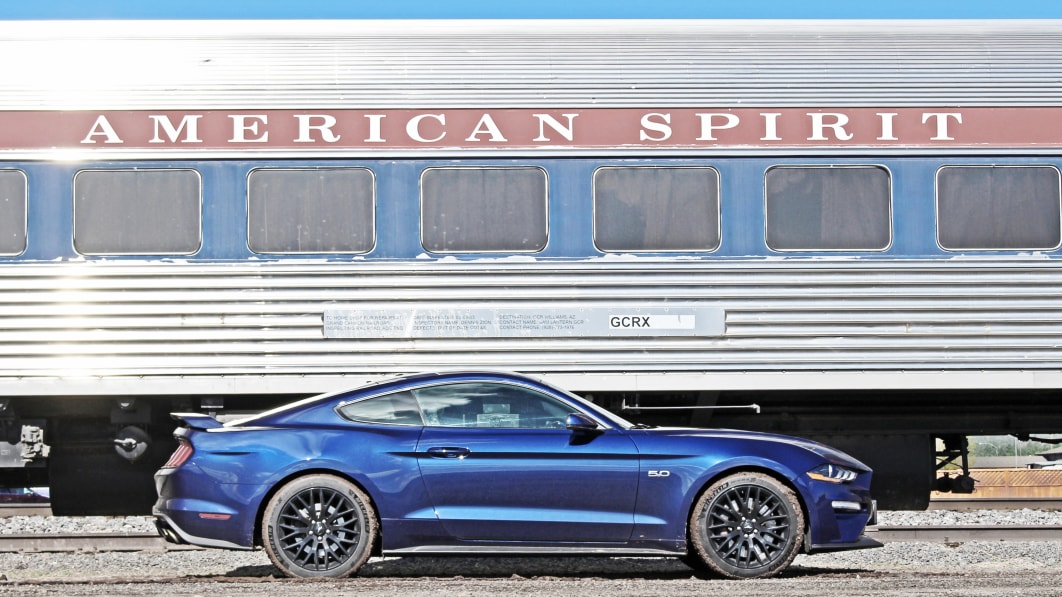
I love driving. For as long as I’ve held a license, this has been plain to anybody who knows me. I was always the first to volunteer for the pilot’s seat when somebody floated the notion of a road trip and the last to say it was time to pick a roadside hotel and pack it in for the night (or early morning, on a few occasions). From minivans to 26-foot chassis cabs and everything in between, no matter the means or the mission, if there’s driving to be done, just give me a call; I’m your guy — or at least I was.
I’ve been doing this job (more or less) for a decade now. Like any hobby-turned-career, it’s often difficult to draw the line between voluntary and vocation. For the decade in between receiving my license and pivoting to automotive journalism, it was easy to compartmentalize my driving. I was either driving to get somewhere (class, for example) or driving for pleasure (skipping class, for example). These days, things are far murkier. I don’t commute, so if I’m driving, it’s almost definitionally voluntary. But driving a press car isn’t always inherently pleasurable, nor is it always possible to find ways to make it so. This is as close as you’ll ever see me come to whining about getting to drive free cars, so take your screenshots while you can.
But as convenient as it may be to merely write this off as a job being a job, my situation is inconveniently ubiquitous. People everywhere are having less fun behind the wheel. Commutes are getting longer. Suburbia is swallowing up all the back roads. People are dying behind (and in front of) the wheel in concerning numbers. Why? Nobody has painted a full picture yet, but it’s clear that COVID brought out not just the worst in us, but also the worst of us. But despite the fact that we tell ourselves that we’ve largely moved past the pandemic, the shift it brought about in driving habits seems like it’s here to stay.
If you’d told us at the beginning that the pandemic’s impact on commuting patterns would linger beyond the initial threat of COVID itself, many of us would have looked forward to it. Early on, the streets were empty enough that idiots could do just about anything in places where traffic would normally prohibit it. The shift to work-from-home took 15 million automotive commuters off the road. But tell me something: Does your commute actually feel any less stressful for it?
As sprawl advances into our dwindling open spaces, even driving strictly for pleasure is more of a chore. The 25 minutes of open-road bliss get lost in the slog of getting to nowhere and back. When I go back east to visit friends who never left our old stomping grounds, the increased congestion stuns me. The main drag that I took to high school still has the same 40-mph speed limit, but while we once had to be cautious in order to keep it to just 10 over, now you’re lucky if you have enough open space to do 35.
But the strangulation of unrelenting sprawl alone can’t explain why we’re all seemingly coming to a boiling point at the same time. My limited psych education (probably should have skipped fewer of those classes) didn’t include a deep dive into the nuances of shared societal trauma. Did we just endure nearly two years of partial isolation only to emerge and realize we never liked all these other people to begin with? Maybe.
I can’t do much to address the cause of our collective displeasure, but I have a tried-and-true method for easing the symptoms: Drive less. You’ll enjoy it more.
Related Video:
